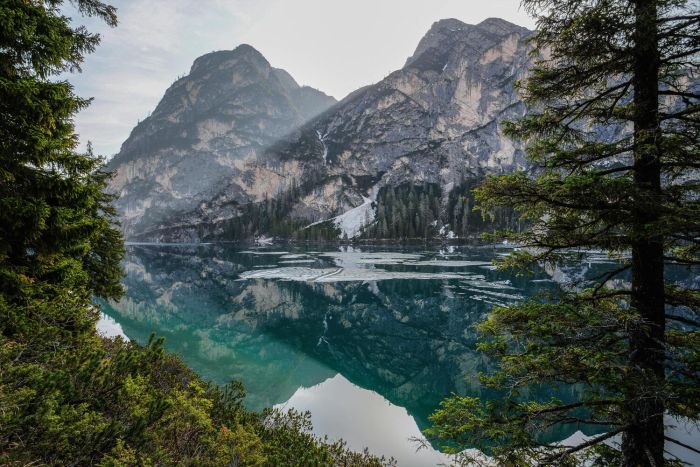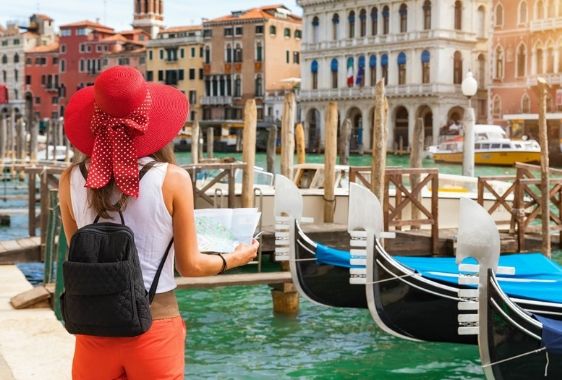After the fall of the monarchy, at the end of the 6th Century BC , Roman citizens were divided into patricians, (the noble families) and the Plebians, ( poor families.) The nobles took over political and religious power and this saw the start of the republic age.
In the 5th and 6th centuries BC, Rome had to defend itself from continuous attacks from the Etruscan city of Veio and then from the Celts, Latins, and from the Samnites, whilst internally there were violent class battles between the aristocracy and the masses. These came to an end when the poor realised that only with a proper political structure would they achieve access to the public load.
The internal pacification continued with the development of a skilful politics of alliances thanks to which Rome was able to subdue the Etruscans in the north, the Samnites within central Italy and at the beginning of the 3rd Century BC the Greeks in south Italy. Rome became the most powerful city of the peninsula and immediately after undertook the fight for supremacy of the Mediterranean.
In 146 BC at the end of the three Punic wars, it finally defeated Carthage, it's most bitter enemy, and conquered the coast of North Africa, a wide part of Spain, western Sicily, Sardinia and Corsica. The Roman enthusiasm for expansion knew no limits and by the end of the 1st century BC they controlled the eastern Mediterranean from Greece to Asia minor, the whole of Spain and northern Italy.
Rome had definitely become a world power, but in the last century before the Christian era was affected by internal crises. These gradually destroy the strength of the Republican state. Slave revolts, conspiracies and civil war shake the empire and culminate in 44 BC in the killing of Caesar.
During the republican era, the city developed remarkably and extended over all of the seven hills: Campidoglio, Palatino, Aventino, Celio, Esquilino, Viminale and Qurinale. Immigrants arrived in the city from every part of Italy and the population raised to around half a million.
However it's appearance was not that of a capital city of a universal empire and can't be compared with neither the cities of east Greece nor with those of the Lazio and Campania regions. Even though they had extended the road network, had constructed aqueducts for the supply of water, and they had carried out other public works, they lacked opulent temples and squares for representation.
The imagine of the city portrayed a brutal difference of wealth between the rich and the poor. In front of the walls, amongst the greenery were the luxurious villas of the nobility whilst in the city crammed in narrow streets were the tall dark rented houses of the poor. An original symbolic language was also late developing and there was a marked influence of the Greek immigrant artists as well as their sculptures that were taken to Rome from Greece as booty of war.
Lively contact with the Hellenistic culture and art was induced by her constant relations with Greece and Asia Minor. The model for the new kind of building, the Basilica had come from Greece. Large covered halls which provided protection from sun and rain, used for trials, trade and banking business.







